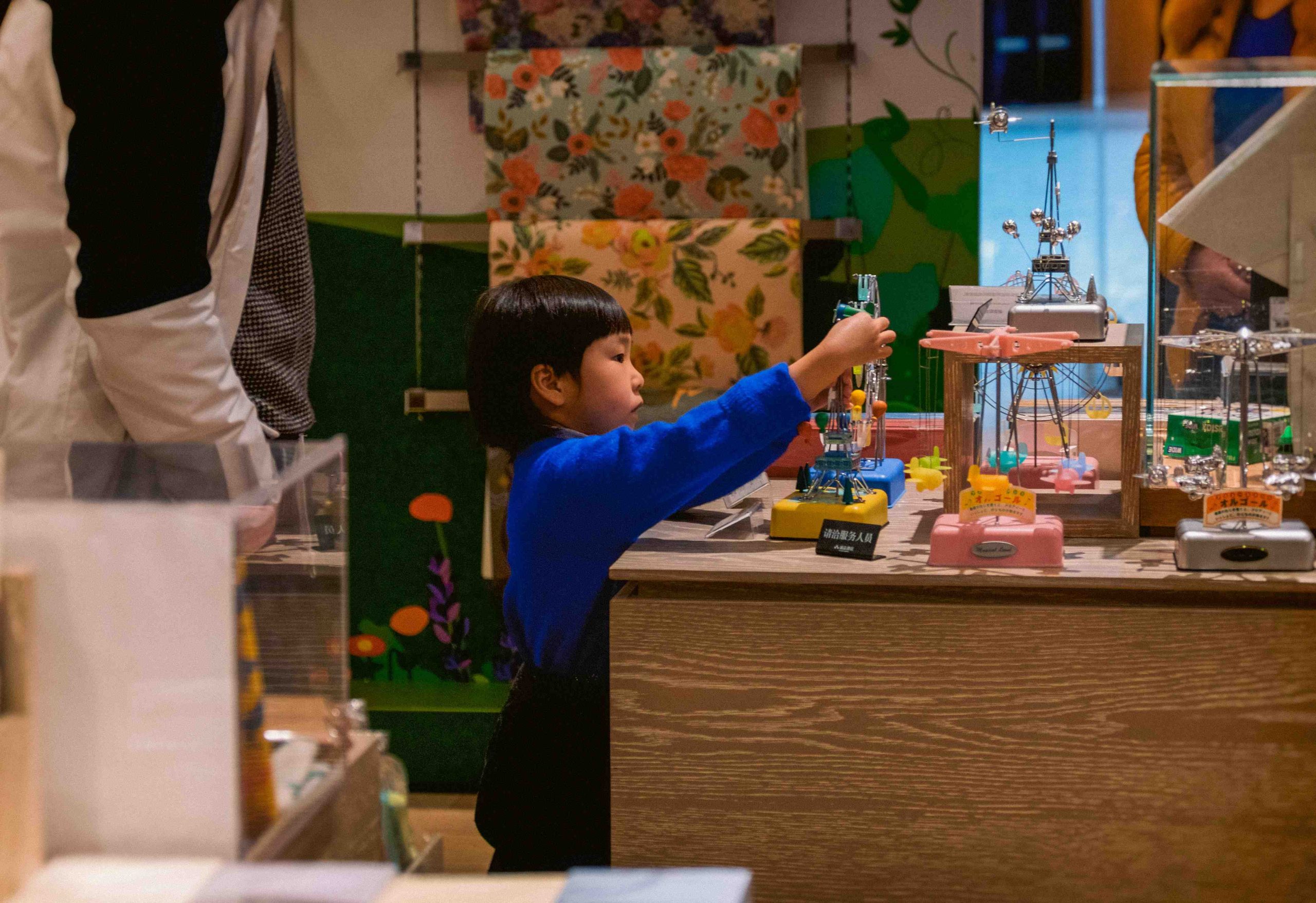
Understanding Activity Plans for Preschoolers Based on Ability Levels
As a preschool teacher or caregiver, creating engaging and age-appropriate activities for young preschoolers is crucial. A well-designed activity plan not only fosters a fun environment but also promotes learning and development. In this article, we’ll delve into what activity plans for preschoolers entail, their significance, and how to tailor them to different ability levels.
Understanding Activity Plans for Preschoolers
An activity plan outlines the various activities preschoolers will partake in throughout the day. These plans, divided into categories like language, math, science, art, and physical activities, should be flexible and adaptable to the needs and interests of the children.
Why Activity Plans are Important for Preschoolers
Activity plans offer structure and routine, essential for social and emotional development, while providing opportunities for learning and skill development. They also aid in effective classroom management, ensuring all children receive equal attention and support.
Creating an Activity Plan Based on Ability Levels
When crafting activity plans, it’s vital to consider the varying ability levels of preschoolers. Here are some tips:
- Assess developmental abilities to determine suitable activities.
- Include a diverse range of activities catering to different interests.
- Modify activities to accommodate individual needs, offering both support and challenge.
- Empower preschoolers by providing choices among activities.
Activity Plans for Different Ability Levels
Here are examples of activities tailored to different proficiency levels:
Beginner Level:
- Engage in finger painting and simple art activities.
- Participate in singing and dancing to basic songs.
- Explore basic counting and number recognition.
- Enjoy outdoor play emphasizing gross motor skills.
- Listen to stories from simple picture books.
Intermediate Level:
- Experiment with collage-making and more complex art projects.
- Dance to instructions with more complex songs.
- Work on counting and number activities with larger numbers.
- Engage in outdoor play involving more challenging gross motor skills.
- Read and discuss longer, more intricate picture books.
Advanced Level:
- Create detailed drawings and paintings.
- Learn and perform simple choreographed dances.
- Practice simple addition and subtraction.
- Participate in sports and games during outdoor play.
- Read and analyze longer books with complex themes.
Tips for Implementing Activity Plans
Efficient implementation of activity plans requires:
- Flexibility to adapt activities as needed.
- Encouragement of participation while respecting individual comfort levels.
- Offering positive reinforcement to motivate and reward engagement.
- Regular monitoring of progress to adjust the plan accordingly.
Importance of Tailoring Activity Plans to Individual Needs
Individualized activity plans consider each child’s unique pace, strengths, and challenges. Tailoring plans to:
- Ability levels ensures engagement and appropriate challenge.
- Interests fosters enthusiasm and motivation.
- Specific needs promotes inclusivity and support.
Incorporating Learning Objectives into Activity Plans
Clear learning objectives ensure preschoolers gain valuable skills. This can be achieved by:
- Aligning activities with developmental domains.
- Focusing on specific skills or concepts.
- Sequencing activities logically to build upon previous knowledge.
Incorporating Technology into Activity Plans
While technology can enhance learning experiences, it should be used judiciously. Key considerations include:
- Balancing screen time with other activities.
- Ensuring age-appropriate and educational content.
- Monitoring usage to maintain a healthy balance.
Encouraging Creativity and Imagination
Artistic and imaginative activities stimulate preschoolers’ creativity. To achieve this:
- Provide varied materials and props for exploration.
- Encourage experimentation without strict rules.
- Create a safe space for self-expression and risk-taking.
Incorporating Physical Activity
Physical activities are vital for preschoolers’ health and development. Strategies include:
- Incorporating fun and engaging physical activities.
- Varying activities to maintain interest.
- Ensuring a safe environment with age-appropriate equipment.
Fostering Cognitive Development
Activities that challenge cognitive skills are essential. To foster cognitive development:
- Provide puzzles, memory games, and language-based activities.
- Offer age-appropriate tasks that match abilities and interests.
- Encourage exploration and curiosity through trial and error.
Developing Social and Emotional Skills
Supporting social and emotional growth is crucial. Strategies include:
- Facilitating cooperative games and sharing activities.
- Teaching mindfulness and emotional regulation techniques.
- Modeling positive behaviors and providing encouragement.
Encouraging Learning Through Play
Play-based learning is effective and enjoyable. Ways to encourage it include:
- Offering diverse, age-appropriate play opportunities.
- Allowing children to lead and explore at their own pace.
- Creating a safe and supportive play environment.
Promoting Parent Involvement
Engaging parents enhances the preschoolers’ experience. Strategies involve:
- Providing opportunities for parent-child activities.
- Regular communication about the child’s progress.
- Creating a welcoming environment for all families.
Conclusion
Activity plans are vital for promoting preschoolers’ learning and development. By tailoring these plans to individual needs, incorporating learning objectives, and fostering creativity and physical activity, caregivers can create a rich environment conducive to growth. Moreover, involving parents and encouraging play-based learning ensures a holistic approach to early childhood education.


